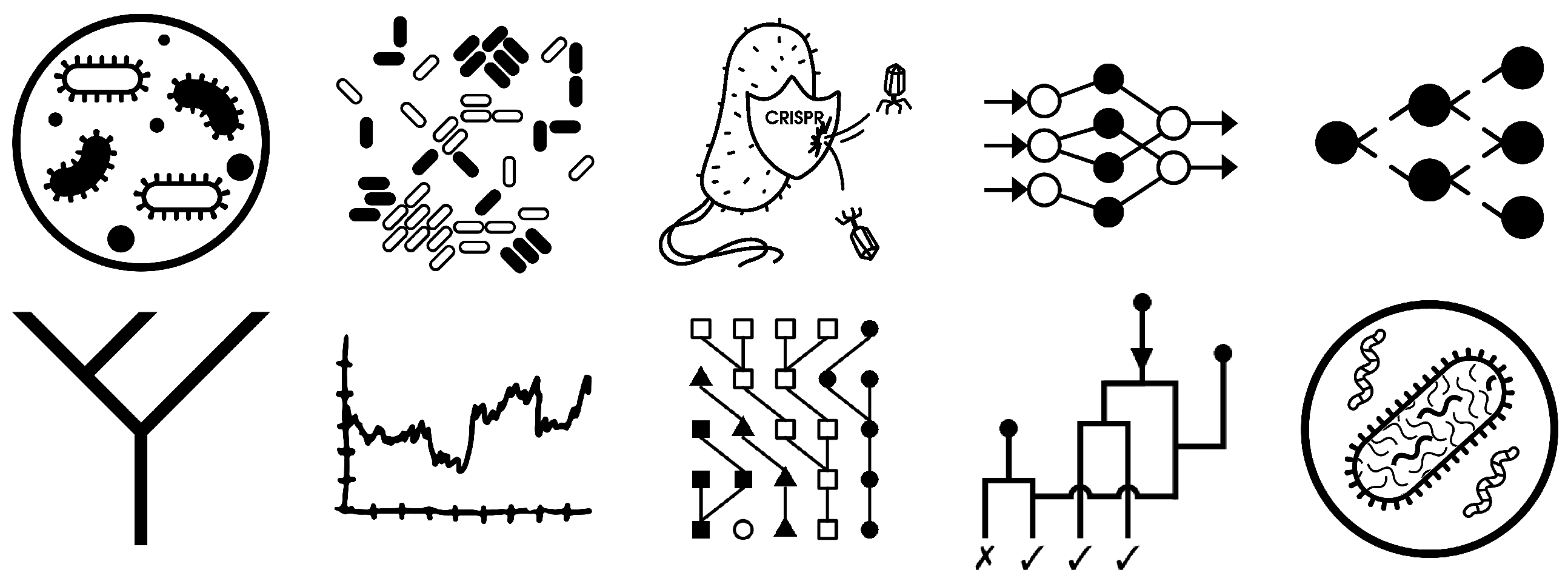The massive amount of newly sequenced genetic data gives rise to a variety of interesting applications in the emerging field of machine learning (ML) in population genetics. The main challenge is that sequence data are not independent but connected by their phylogenetic relationship. Our aim is to develop, analyze, and apply supervised machine learning tools that can exploit this phylogenetic relationship to improve estimation and classification in bacterial genome evolution and human population history.

